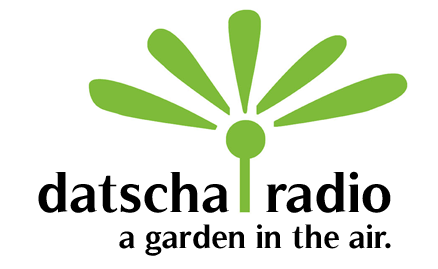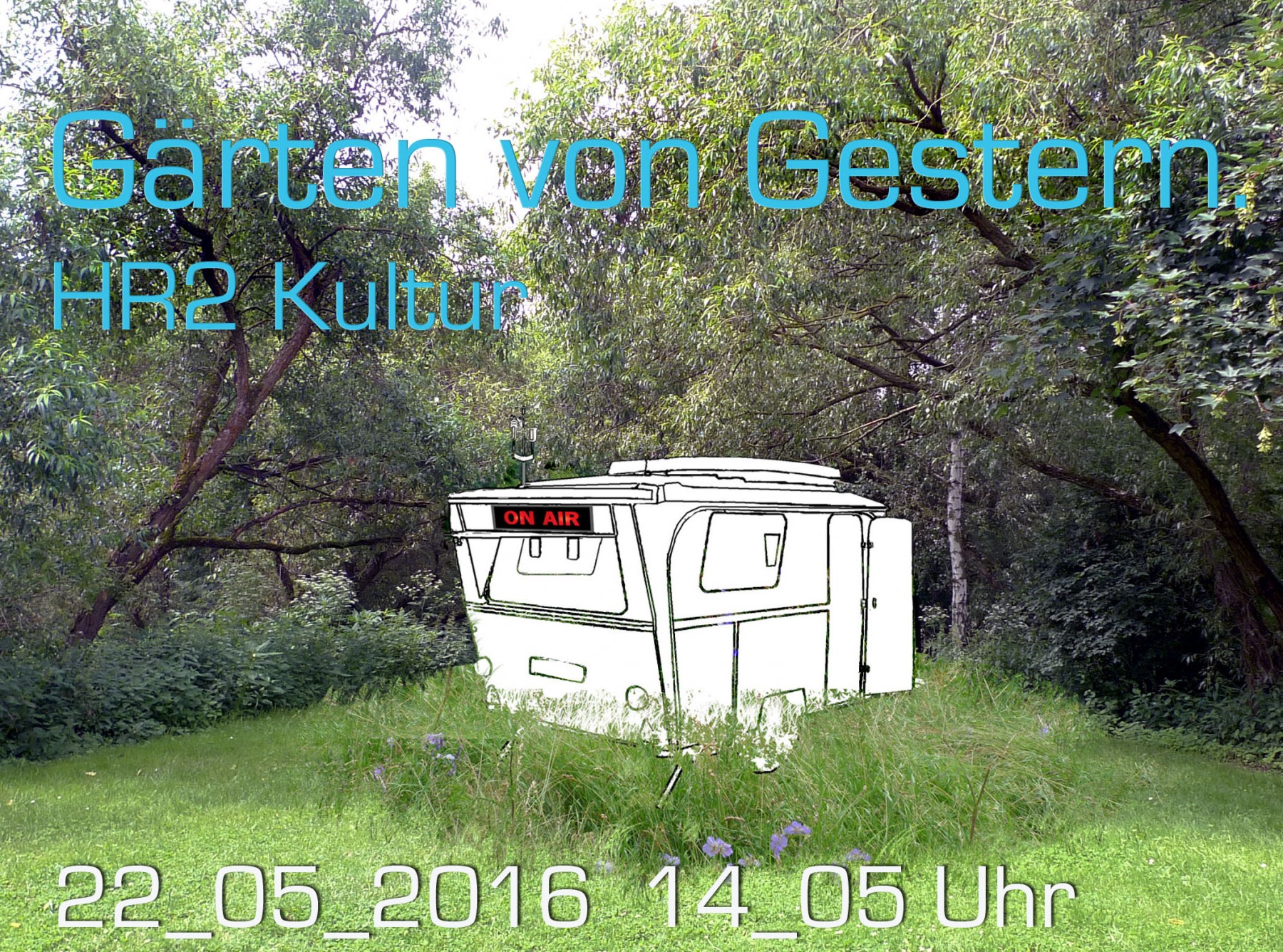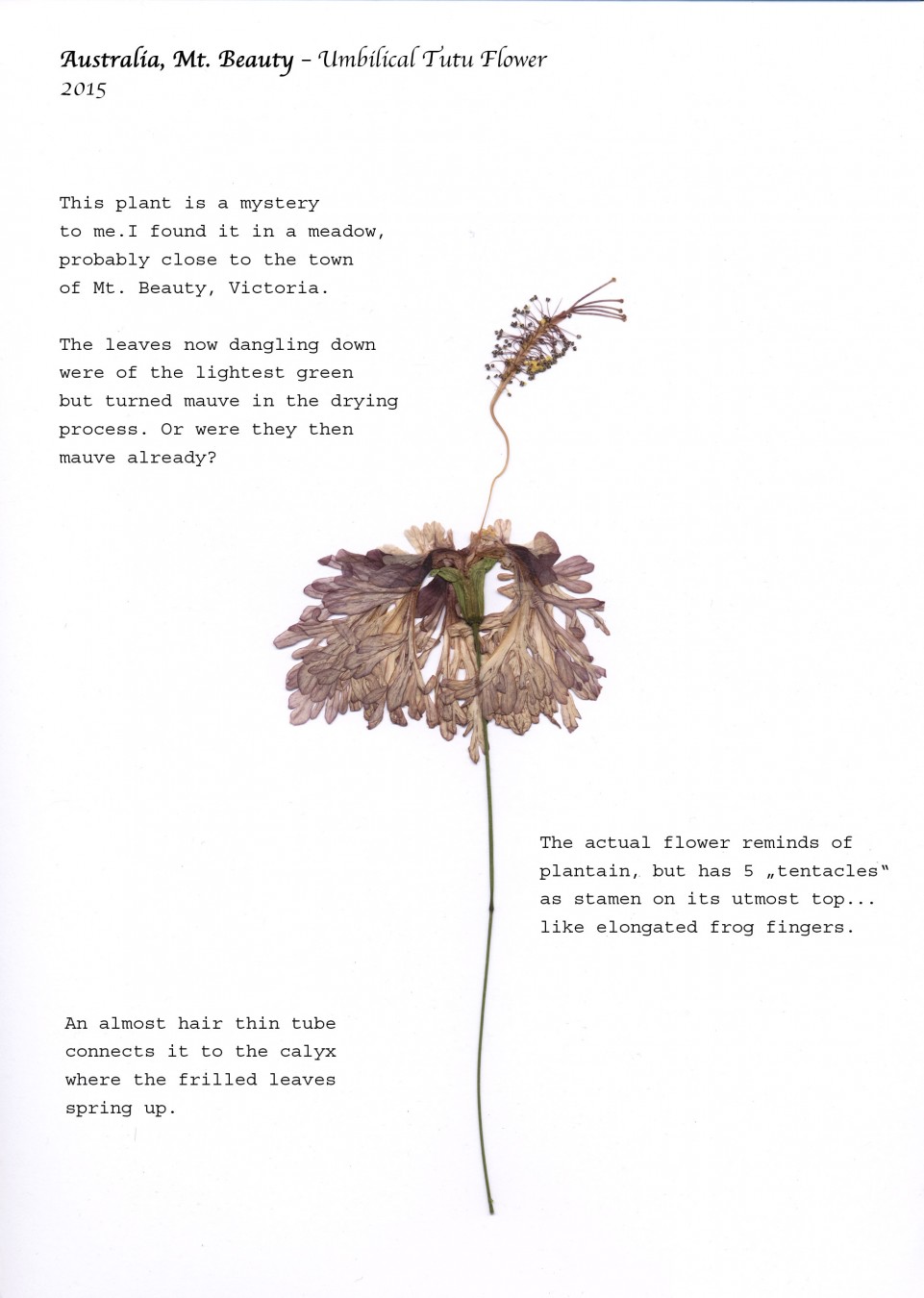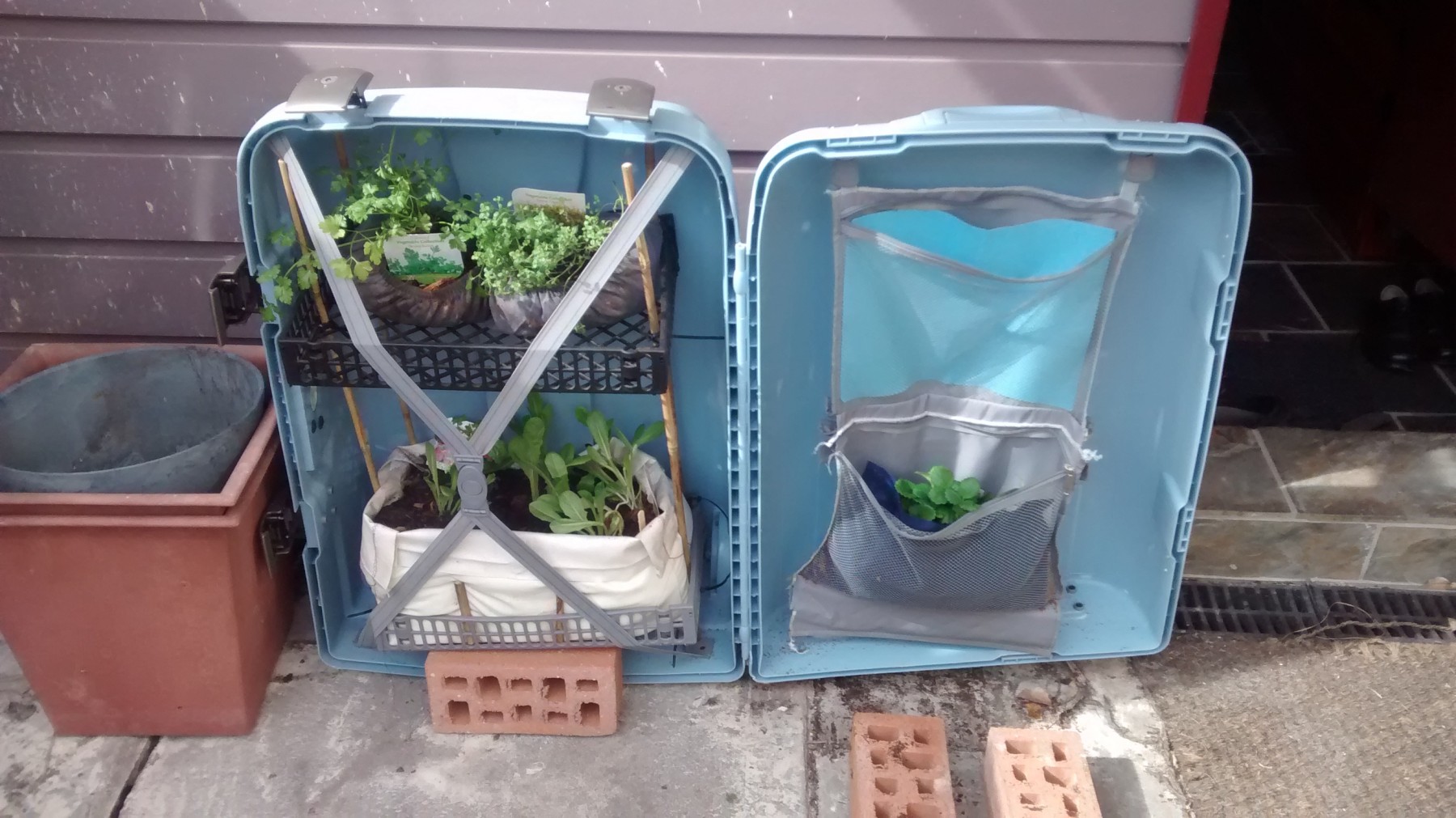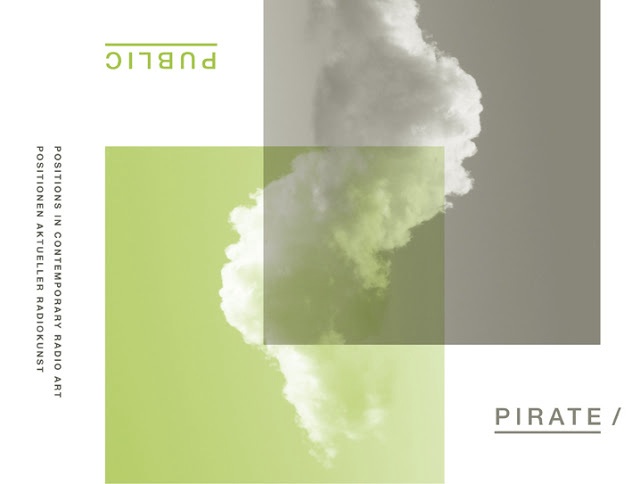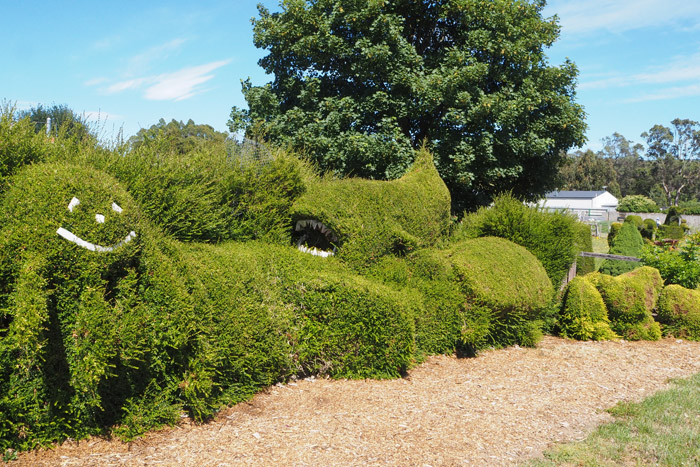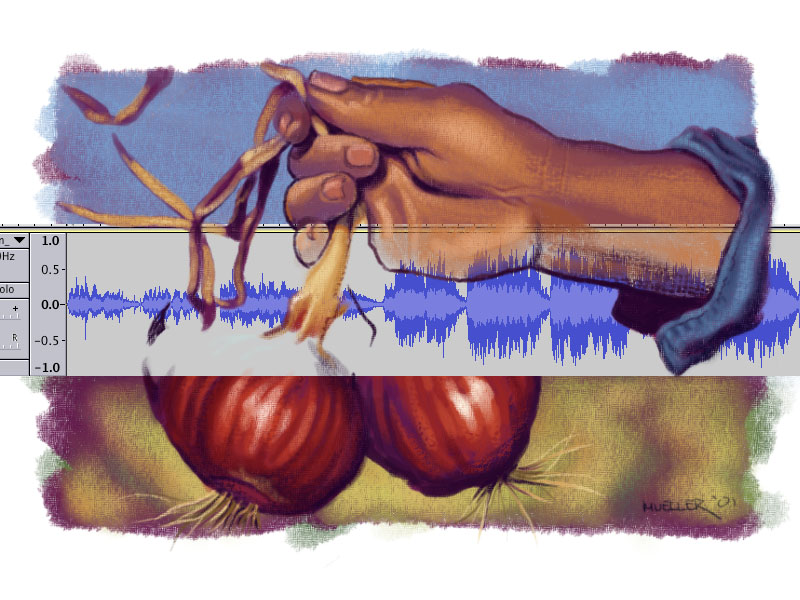
“Hejo, spann den Wagen an”, ein traditioneller Kanon. Hier am Tisch gesungen im “Salon” der Mme Stöhring, das Thema war Musik.
Wer zuhause mitsingen möchte, der Text lautet:
Hejo, spann den Wagen an,
Sieh, der Wind treibt Regen übers Land
Hol die goldnen Garben,
Hol die goldnen Garben.
in Englisch:
Heigh ho! Hitch up the cart,
See, the wind drives rain across the land.
Fetch the golden sheaves,
Fetch the golden sheaves.
Intereressanterweise ist die traditionelle englische Version weniger gartenorientiert:
Heigh-ho! Anybody home.
Food and drink and money have I none.
Still I will be merry, still I will be merry.
Und in einer seltsamen Plattdeutsch-englischen (?)Mischung:
Hey-o spun den wagon uns,
Set der ven tribt regen ubers lands,
Olde folin gabin,
Olde folin gabin.
